Science - Manitoba Grade 7 - FULL YEAR BUNDLE
Science - Manitoba Grade 7 - FULL YEAR BUNDLE
Interested in a bundle? Shop below instead!
Couldn't load pickup availability
Manitoba Science Curriculum - Grade 7. This product was created to cover all of the expectations in the Manitoba Science Grade 7 curriculum.
There are 830+ activity sheets that cover the elaborations and big ideas in the science curriculum. This massive unit contains readings, surveys, cut and paste activities and a variety of fun activities – drawings, word searches, matching, word scrambles, fill in the blanks, and more!
We have added STEM activities as well as hands on experiments for students to learn the content in the curriculum.
Check out the previews of these units to learn more about how it can benefit your students. We know you will love this no-prep, just print or upload to Google, time-saving resource!
Interactions Within Ecosystems
Some of the concepts that are covered:
- Terrestrial Ecosystem
- Aquatic Ecosystem
- Ecosystem Profile - Log
- Activity – Making a Bird Feeder
- Living Things – Basic Needs
- Biotic Factors and Abiotic Factors in Forests
- Research – Animals Living Under/On Trees
- What is Biodiversity?
- Experiment – Designing a Zoo Enclosure
- STEAM – Designing a Zoo Enclosure
- Ecosystems – Biotic and Abiotic Limiting Factors
- Experiment – Ecosystem in a Bottle
- Ecological Succession
- Primary Succession Diagram and Secondary Succession Diagram
- Research – Secondary Succession Example
- Human Use of Forests – Past and Present
- Agriculture – Clearcutting Forests
- Deforestation Statistics – Infographic Activity
- Livestock Farming – Effects on Ecosystems
- Sustainable Livestock Practices
- Research – Factory Farming and Silvopasture
- Pesticides Affecting Ecosystems
- Sustainability – Crop Rotation
- Invasive Species in Manitoba
- Indigenous Groups and The Environment
- Seventh Generation – Indigenous Teaching Sustainability
- Technological Advancements Helping Ecosystems
- Photosynthesis and Cellular Respiration
- Greenhouse Gases – Carbon Dioxide
- Nutrient Cycle – Food Chain
- Sustainability – Cycle of Matter
- Ordering Energy Chains
- Altering the Food Chain
- Overfishing – Effects on Food Chain
- Bioaccumulation
- Decomposers and Detritivores
- Microscope Diagram
- Microscope Parts and Functions
- Experiment – Microorganisms in Water
- All About Microorganisms – Basic Needs
- Benefits of Microorganisms and Harmful Microorganisms
- Research – Food Preservation Techniques
- Unit test
- Answer pages for all activities
Particle Theory of Matter
Some of the concepts that are covered:
- Spelling Bee – Particle Theory of Matter
- What Are Scientific Theories?
- Research – Scientific Theories
- The Particle Theory of Matter
- Heat Transfer and The Particle Theory
- Changes in State – Physical Changes Involving Heat
- Lab Experiment - Melting
- Effects of Heat on States of Matter
- Heat vs Temperature
- Convection, Conduction, Radiation
- Heat Transfer - Conduction
- Thermal Conductivity
- Heat Transfer - Convection
- Science Experiment - Convection
- Convection – Sea vs Land Breeze
- Heat Transfer - Radiation
- Convection, Conduction, Radiation
- Assignment – Heat Transfer Infographic
- Memory Game: Heat Transmission Types
- Energy Efficient Homes - Net Zero Homes
- Heat Dissipation During Energy Transfer
- Experiment – Energy Efficiency
- How Heat is Generated
- Atoms, Molecules and Pure Substances
- Classification of Matter by Composition
- Homogenous vs Heterogenous Mixtures
- Solutions - Solutes and Solvents
- Activity – Homogenous Mixture Scavenger Hunt
- Lab – Testing The Dissolving Process
- Universal Solvent - Water
- Factors Affecting Solubility
- Describing Solutions – Concentration/Dilution
- Experiment – Saturated and Supersaturated Solutions
- Experiment – Greenhouse Gas Effect
- Greenhouse Gas Emissions by Country
- Carbon Capture Technologies
- Separating Mixtures - Distillation
- Impact of Separating Mixtures – Maple Syrup
- Refining Oil
- Oil Spills Affecting Indigenous Groups
- Environmental Effects of Pure Substances
- Identifying and Classifying Matter
- Unit test
- Answer pages for all activities
Forces and Structures
Some of the concepts that are covered:
- Activity – Word Search on Forces and Structures
- Structures – Form and Function
- Types of Structures – Shell, Solid, Frame
- Research Assignment – Type of Structure
- Experiment – Frame, Shell, and Solid Structures
- Centre of Gravity
- Experiments – Centre of Gravity
- Leaning Tower of Pisa – Centre of Gravity
- Coding – Leaning Tower of Pisa
- Forces – Internal and External
- Investigate – Compression/Tension
- Bridges – Tension or Compression?
- Tacoma Narrows Bridge
- External Forces – Dead and Live Loads
- Internal Forces and Live/Dead Loads
- Describing External Forces
- Memory Game: Forces and Structures
- Describing Magnitude – Newtons
- Pulley System – Forces/Distance Ratios
- Force Diagrams
- Mass vs Weight
- Experiment – Mass vs Weight
- Structural Efficiency
- Environmental External Forces
- External Forces – Tropical Storms
- Structures Built to Withstand External Forces
- Assignment – External Natural Forces
- Experiment – Satellite Tower
- Activities – Structures and Forces
- Symmetry and Asymmetry in Structures
- Structural Failures – Bad Foundation
- Foundation Failure – Leaning Tower of Pisa
- Structural Failures – Bad Designs, Extraordinary Loads, Faulty Construction
- Assignment – Building Material Infographic
- Choosing The Right Building Material
- Manufacturing a Product – Choosing Materials
- Research – Sustainable Building Materials and Unsustainable Building Materials
- Beams and Trusses
- Experiment – Cardboard Beam
- Evaluating Structures – Structural Analysis
- Structural Assessment Report
- Activity – Building a Bridge
- Unit test
- Answer pages for all activities
Earth's Crust
Some of the concepts that are covered:
- Spelling Bee – Earth's Crust
- Geology – Planet Earth
- The Rock Cycle
- Metamorphic Rock, Sedimentary Rock, Igneous Rock
- The Rock Cycle - Diagram
- Chocolate Rock Cycle Lab
- Rocks vs Minerals
- Research – Rocks and Mineral Composition
- Physical Properties of Igneous Rocks, Metamorphic Rocks, and Sedimentary Rocks
- Properties of Rocks and Minerals
- Experiment – Testing Hardness of Rocks
- Process of Sedimentary Rock Formation
- Sudden vs Gradual Changes to Earth
- Erosion and Weathering – Changing The Earth
- Weathering, Erosion, Deposition
- Examples of Erosion – Waterfall Formation, Coastal Erosion/Seawalls
- Rocks and Fossils
- Blog Post: Geological Resources for Energy
- Experiment – Making Fossils
- Canadian Shield
- Mining in Manitoba
- Mining Techniques in Manitoba
- Impacts of Mining and a Profile of the Mining Town - Mirny
- Land Reclamation After Mining
- What is in Our Soil?
- Sandy Soil, Silt Soil, Clay Soil, and Loamy Soil
- Plants Profiles – Types of Soil
- Experiment – Soil Composition Test
- Controlling Soil Erosion
- Article: New Technology Revolutionizes Land Use Decisions
- Continental Drift Theory and the Plate Tectonic Theory
- Mountain Formation – Plate Tectonics
- Research – Mountain Types
- Plate Boundaries – Earthquakes
- Experiment – Types of Plate Boundaries
- Sudden Changes – Volcanoes and Landslides
- What is The Geological Time Scale?
- Paleozoic Era, Mesozoic Era, and the Cenozoic Era
- Dating Fossils – Relative Dating and Absolute Dating
- Careers Involving Geology
- Underground Drones
- STEM Assignment – Underground Drone
- Unit test
- Answer pages for all activities
This is a comprehensive bundle that will save you hours of planning! It has been tested and found effective in helping students achieve the learning outcomes in the science curriculum.
PDF AND GOOGLE SLIDE VERSIONS BOTH INCLUDED!
Follow Super Simple Sheets for more resources like this one!
Share
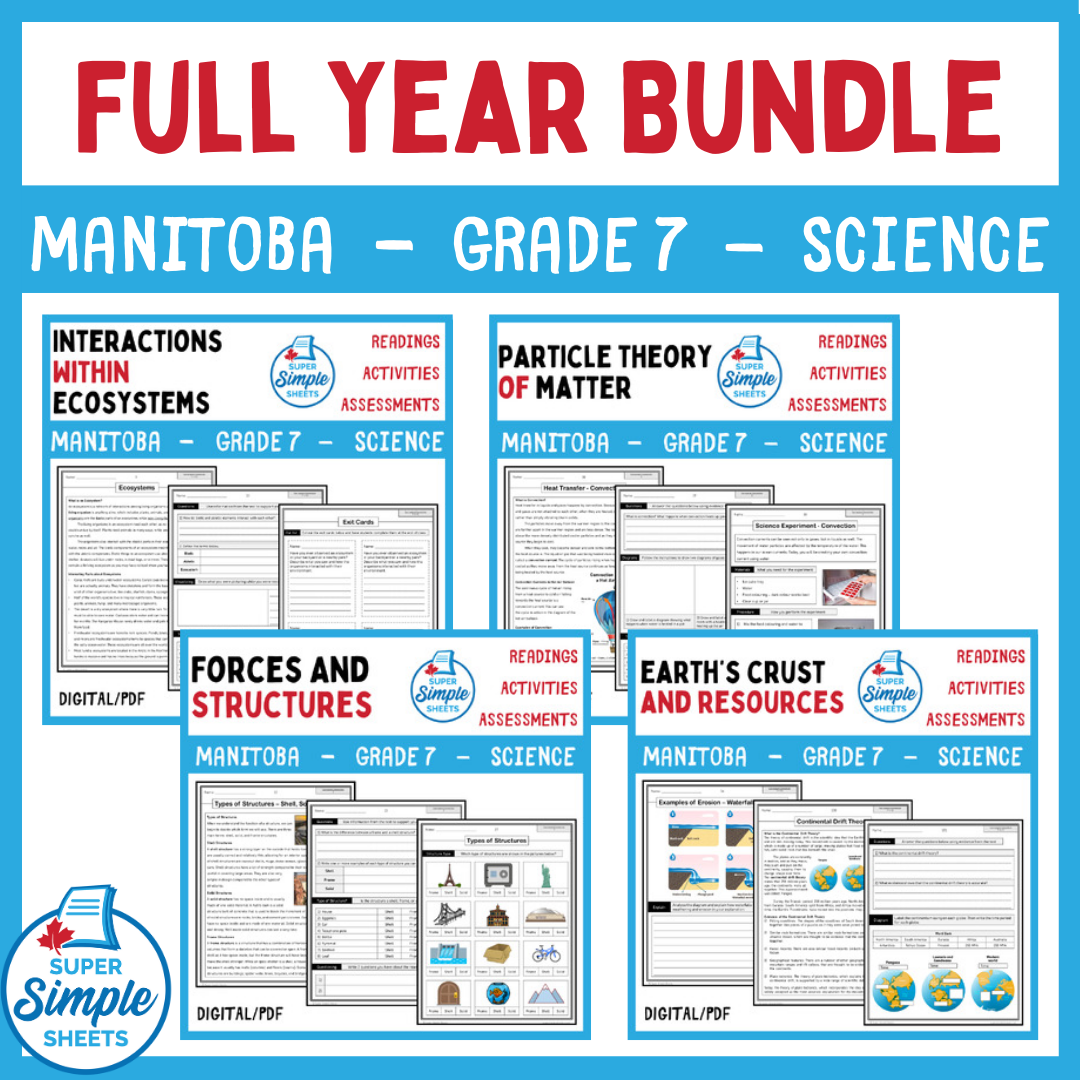
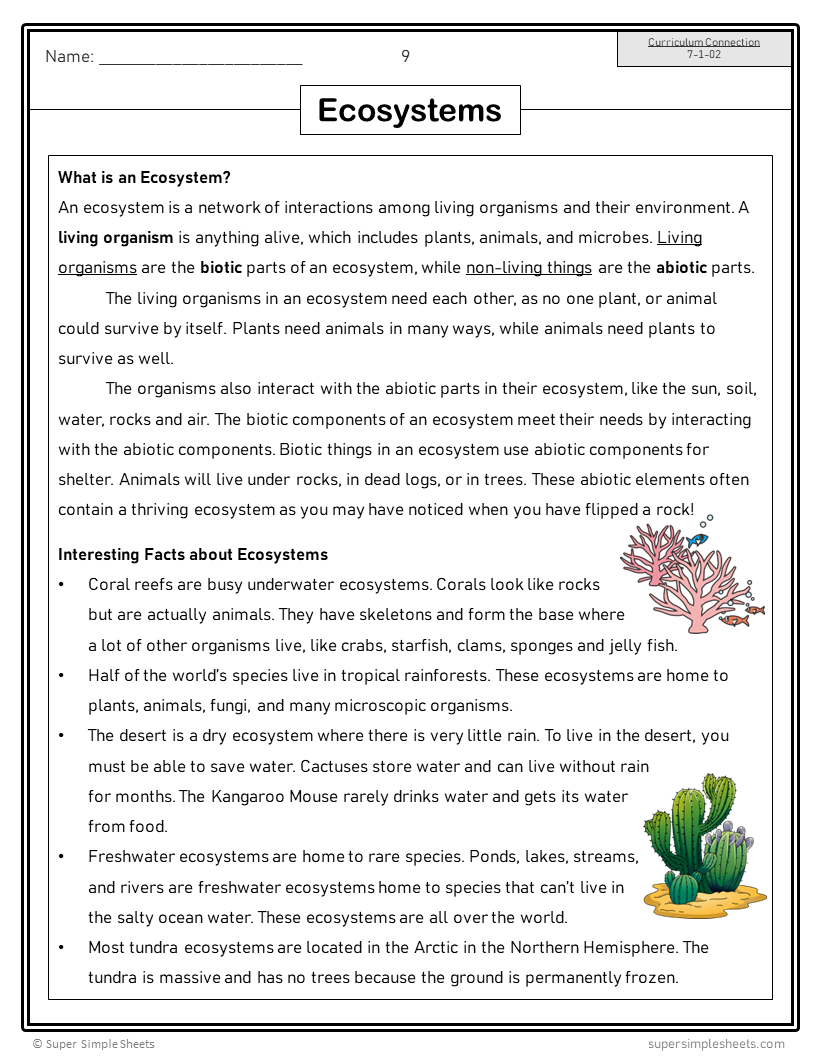
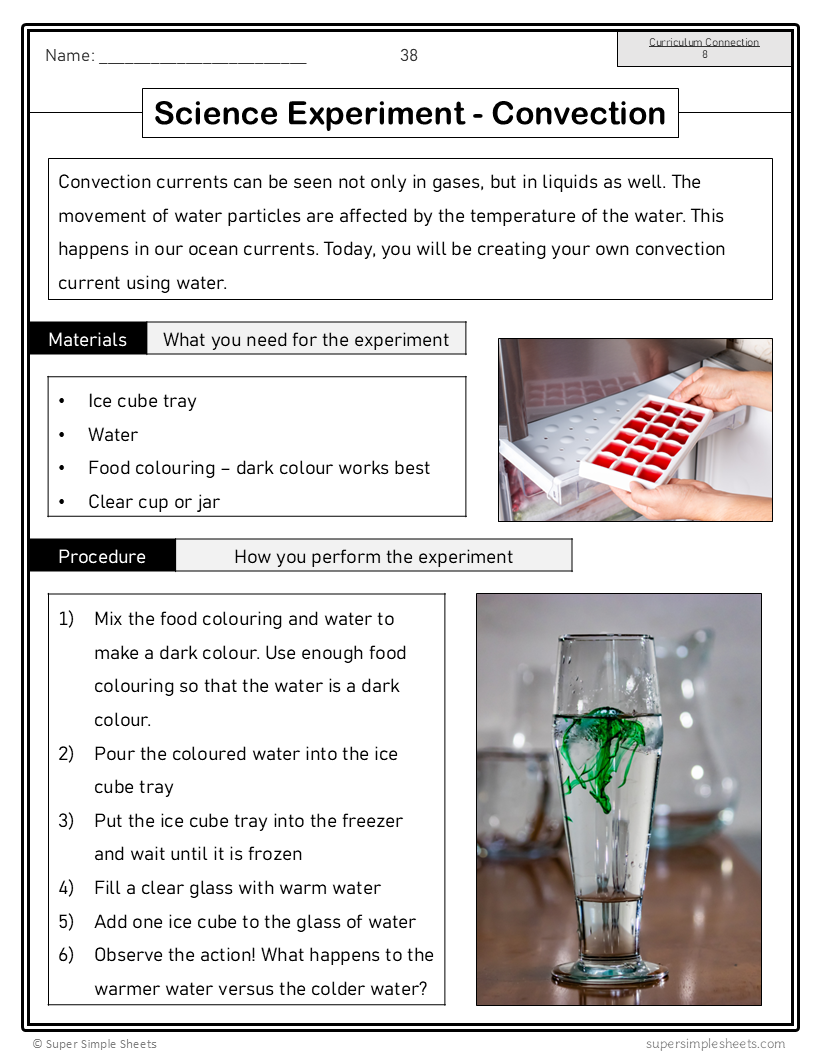
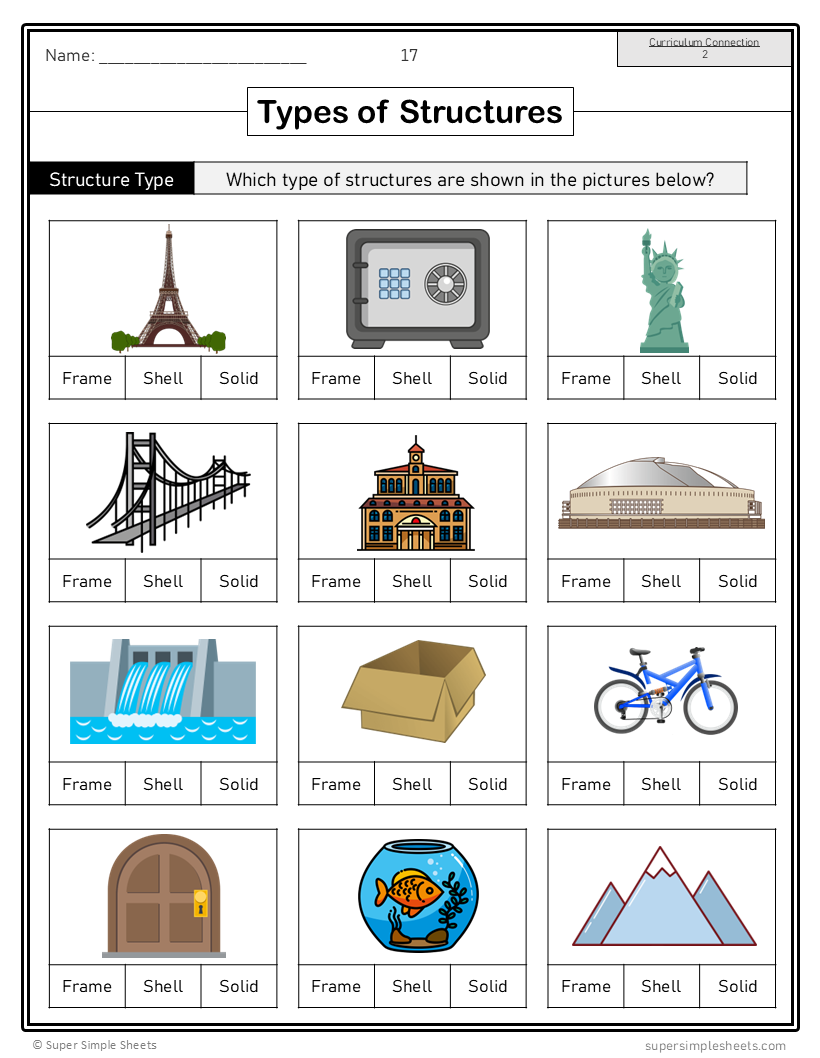
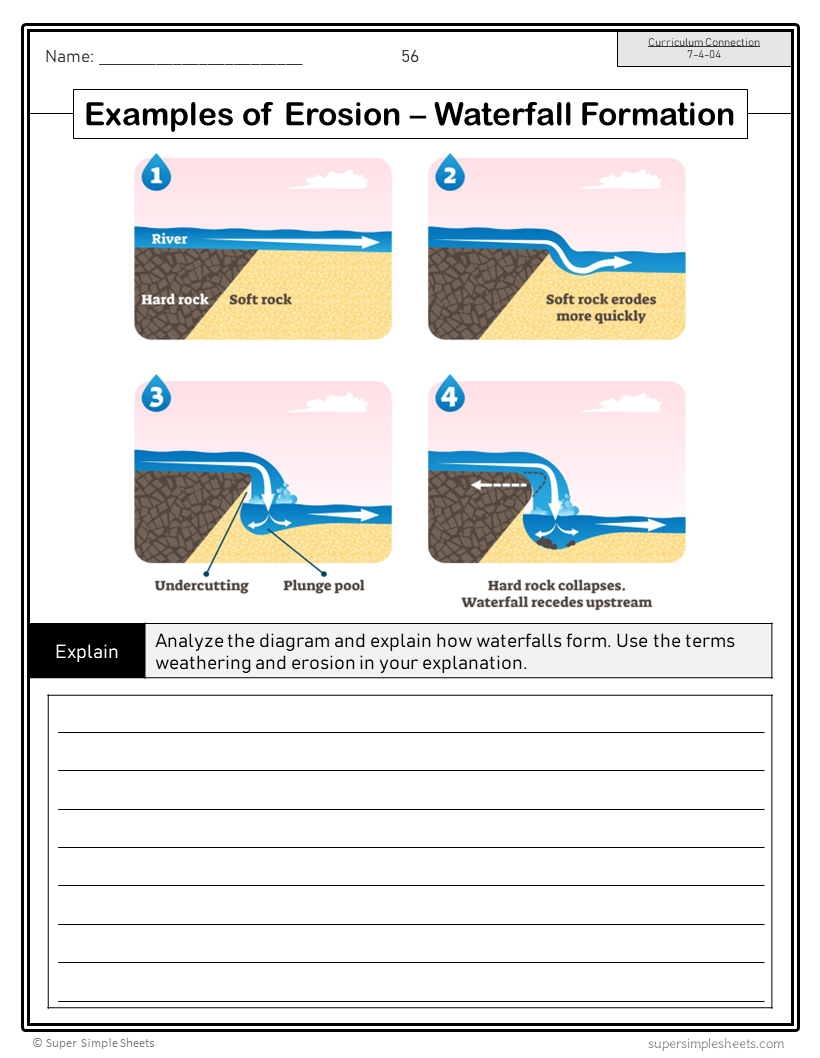
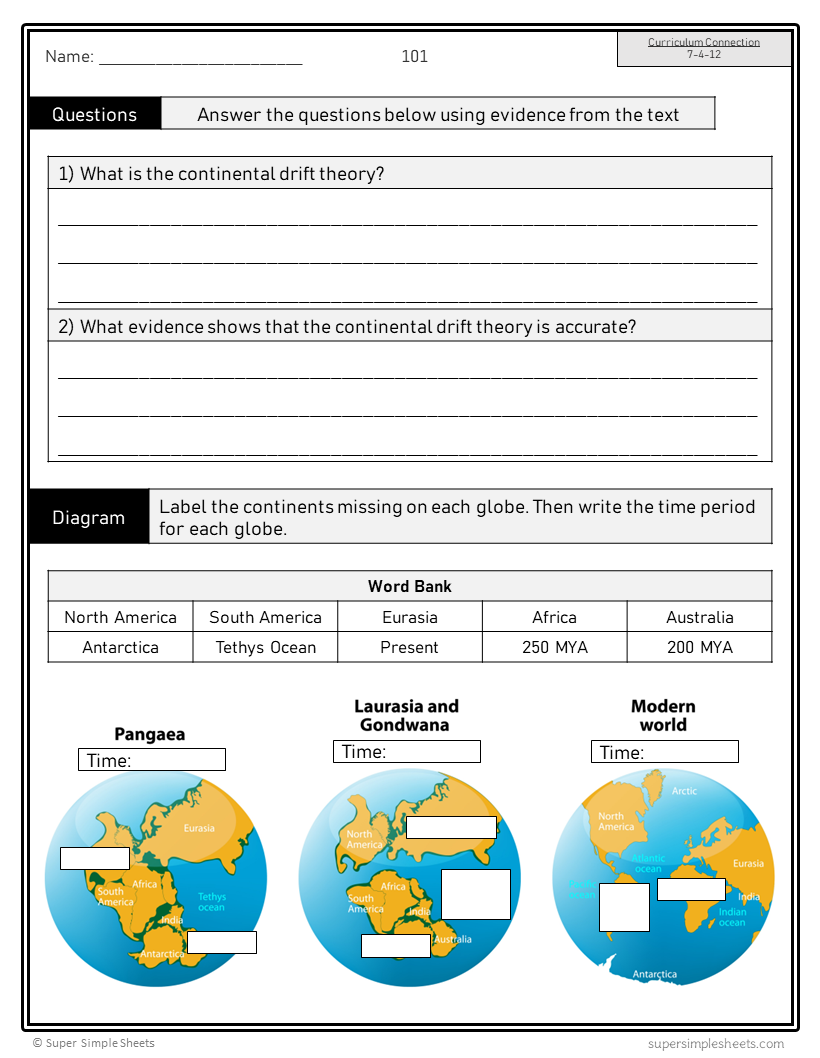
amazing!









